Simple Cartoon Face
- caricature /
- Simple Cartoon Face
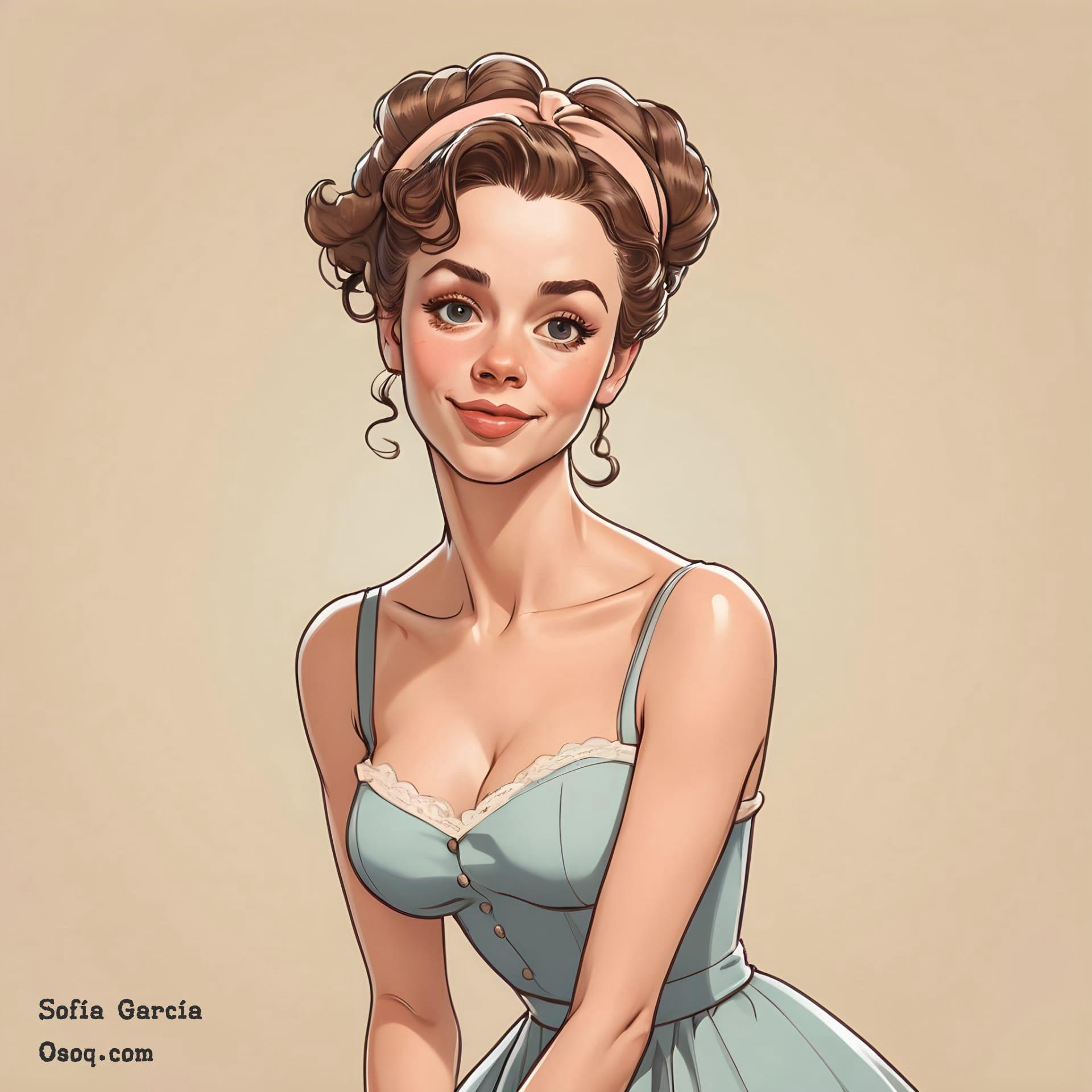
Drawing a simple cartoon face often starts with the basics: a circle for the head and two dots for the eyes. This simplicity helps beginners focus on expressions rather than complex anatomy.
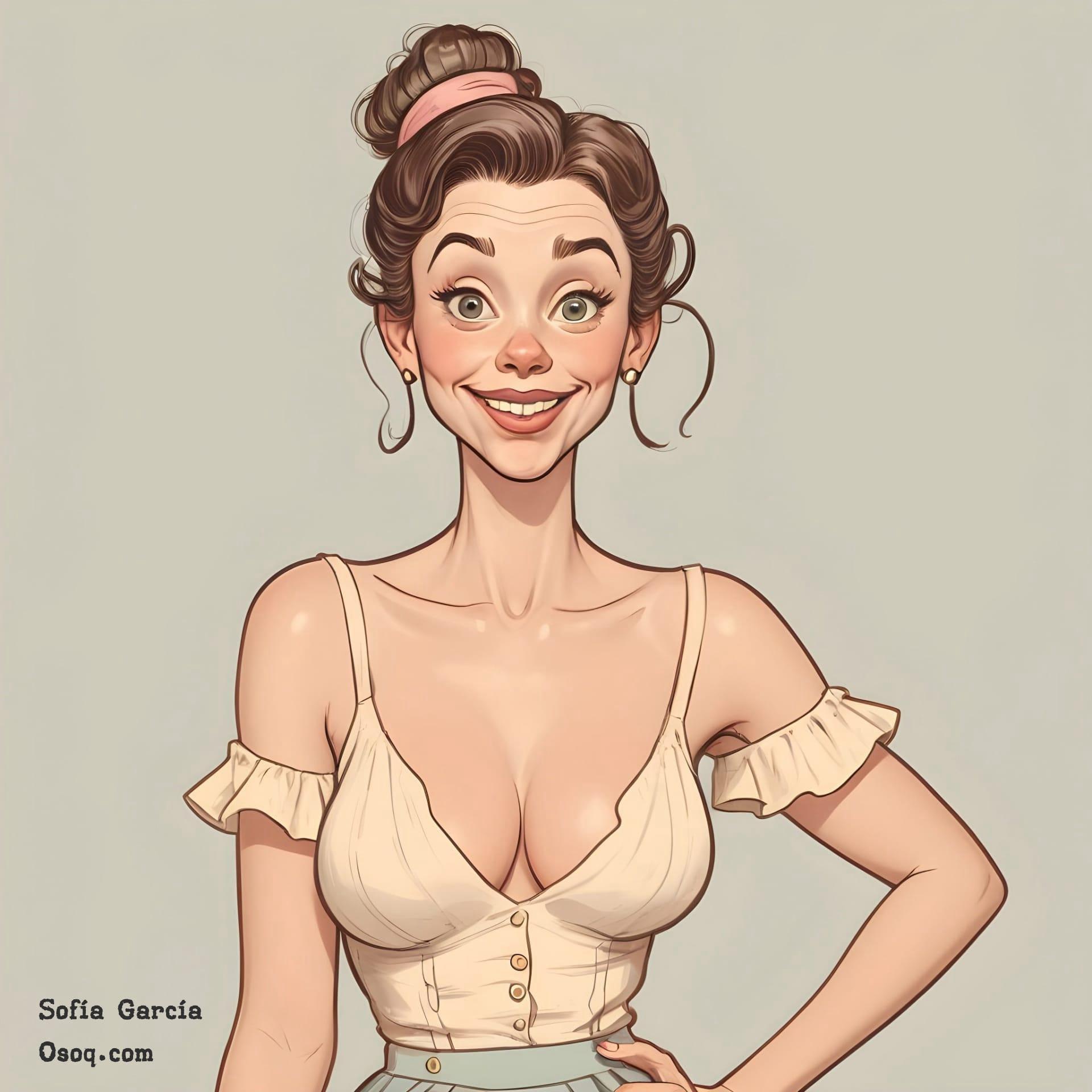
When creating eyes in a simple cartoon face, larger eyes can make your character look younger or more innocent. It's a neat trick to play around with character age and emotion without adding extra lines.
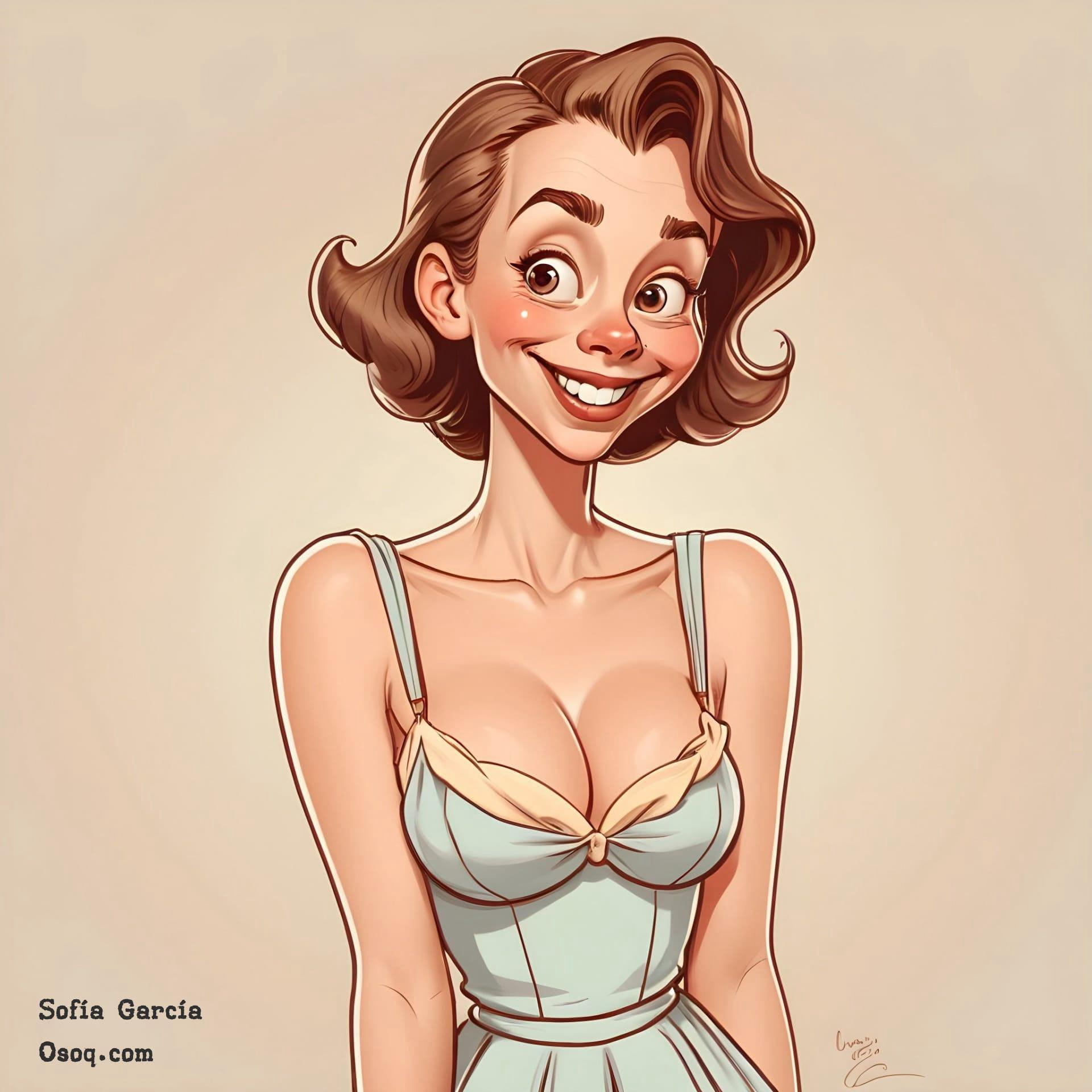
A common approach to drawing mouths on a simple cartoon face is using simple lines. A slight curve upward represents happiness, while a curve downward can show sadness. It’s all about the tilt!
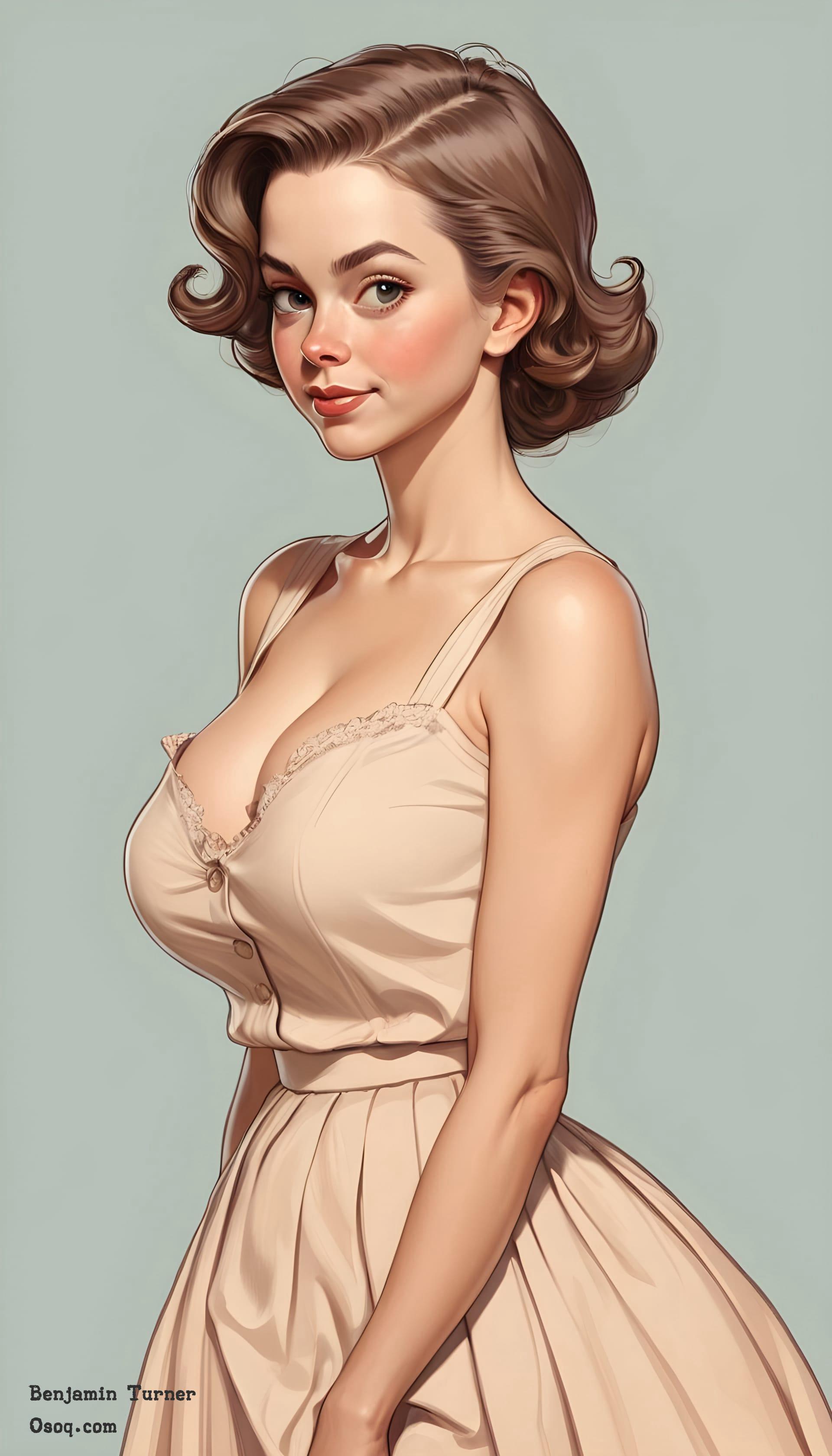
Eyebrows play a big role in expressing emotions. Raised eyebrows can indicate surprise or questioning, while furrowed brows might suggest anger or concern. Even minimalistic styles can achieve deep expression.
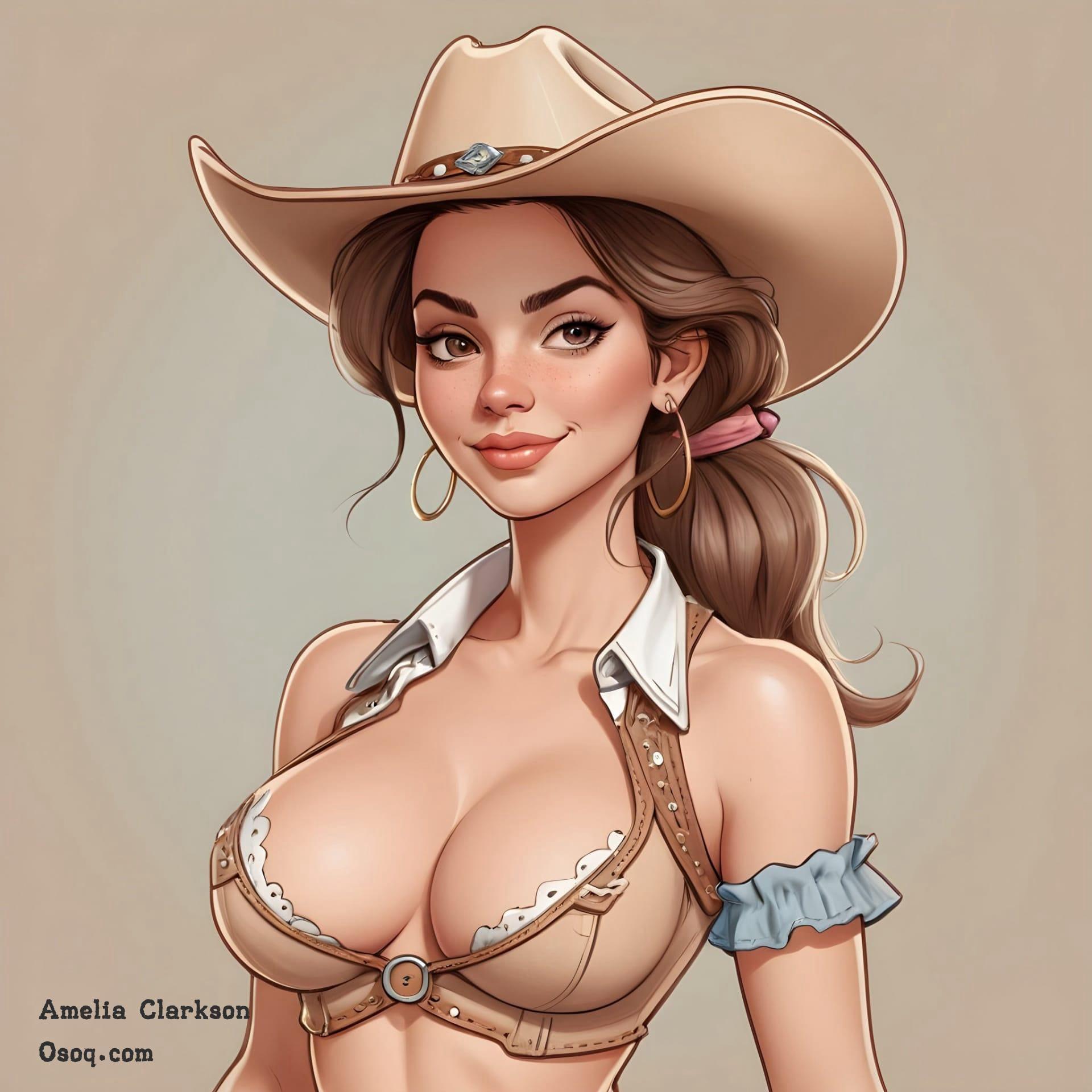
The placement of facial features is key in maintaining balance. In a simple cartoon face, keeping the eyes about halfway down the head provides a relatable and aesthetically pleasing look.
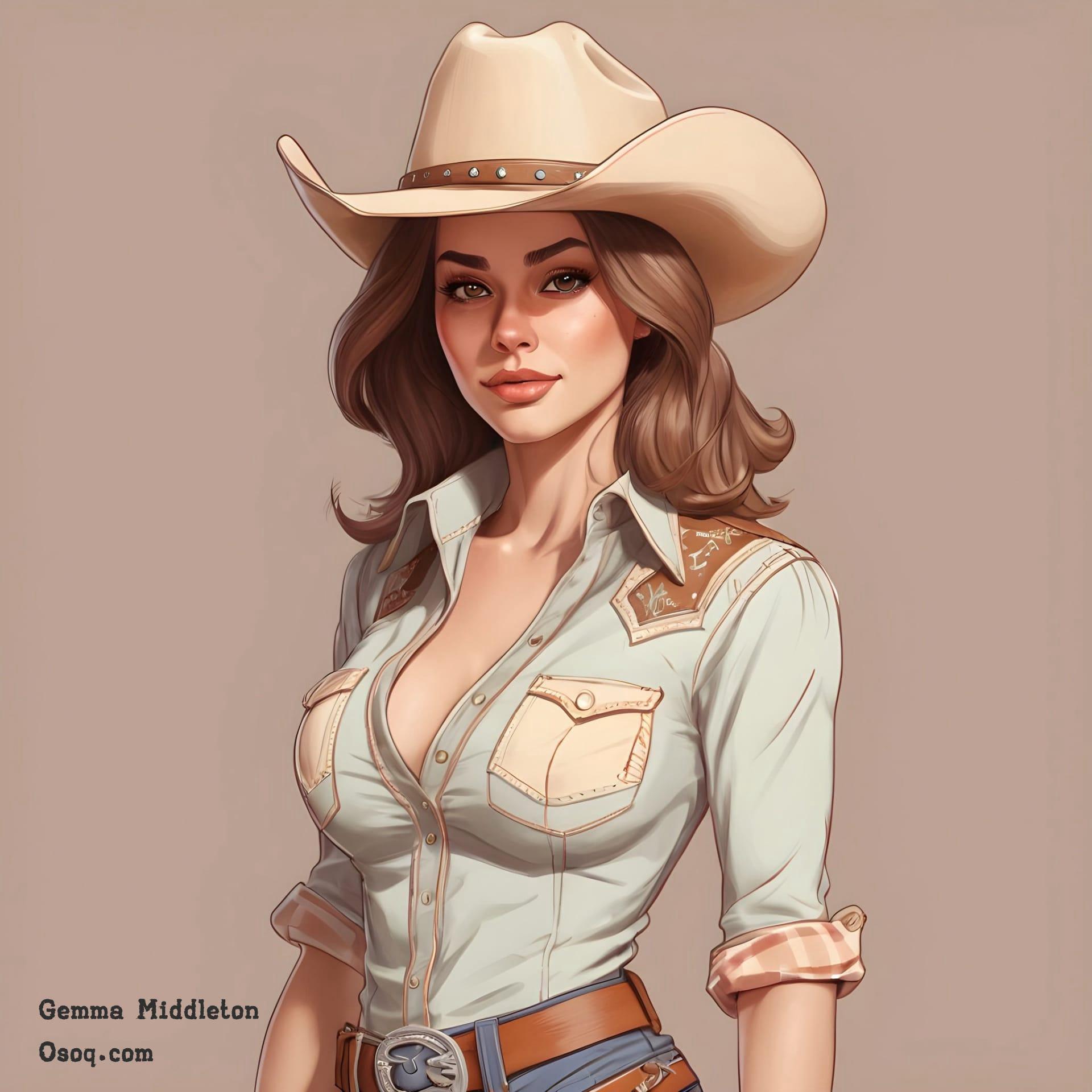
Shading isn’t common in simple cartoon faces, but when used subtly, it can add depth. Even just a light touch under the chin or around the eyes can bring a flat drawing to life.
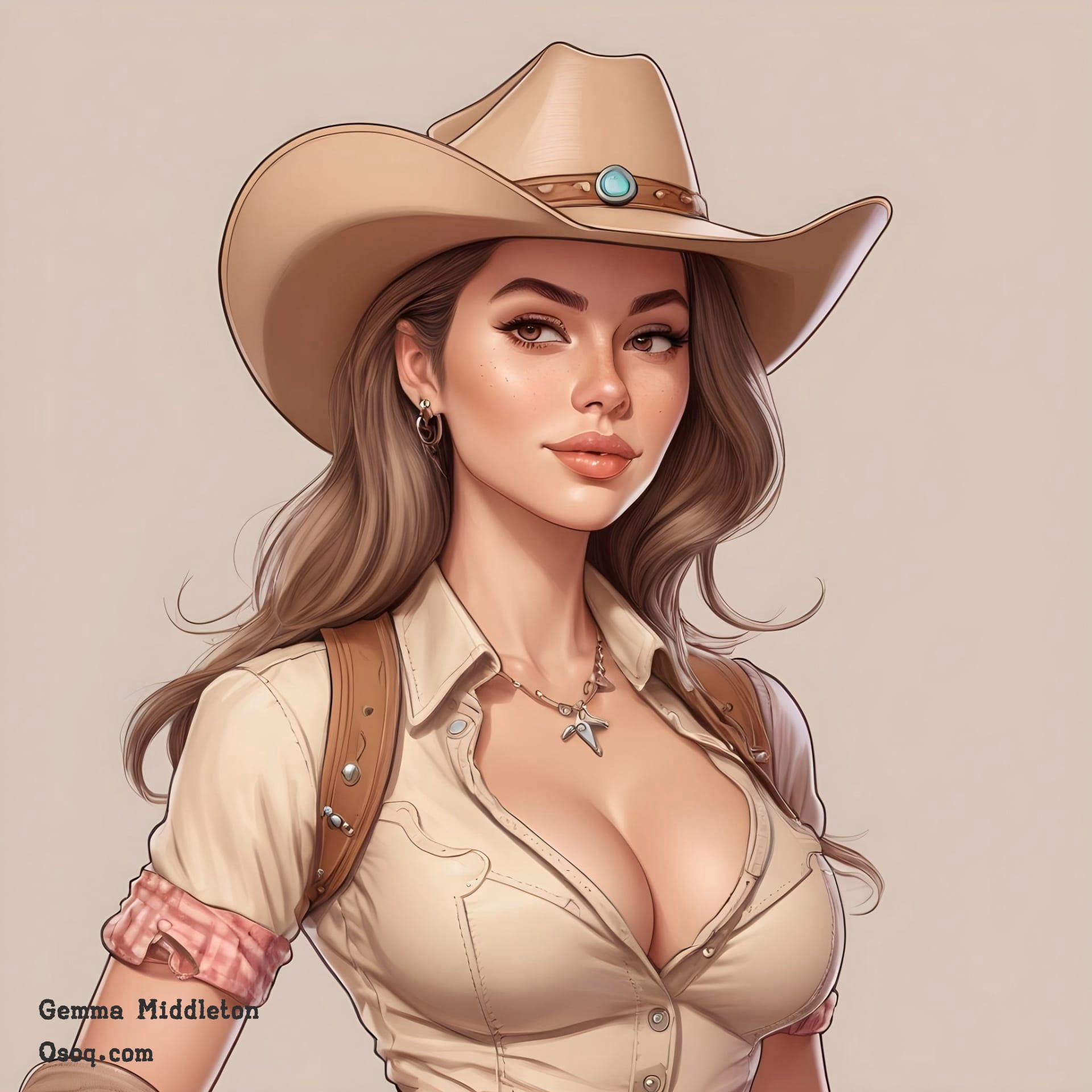
Simple cartoon faces don't usually include ears, but if you do, keeping them small and simple without much detail works best to maintain the cartoonish style.
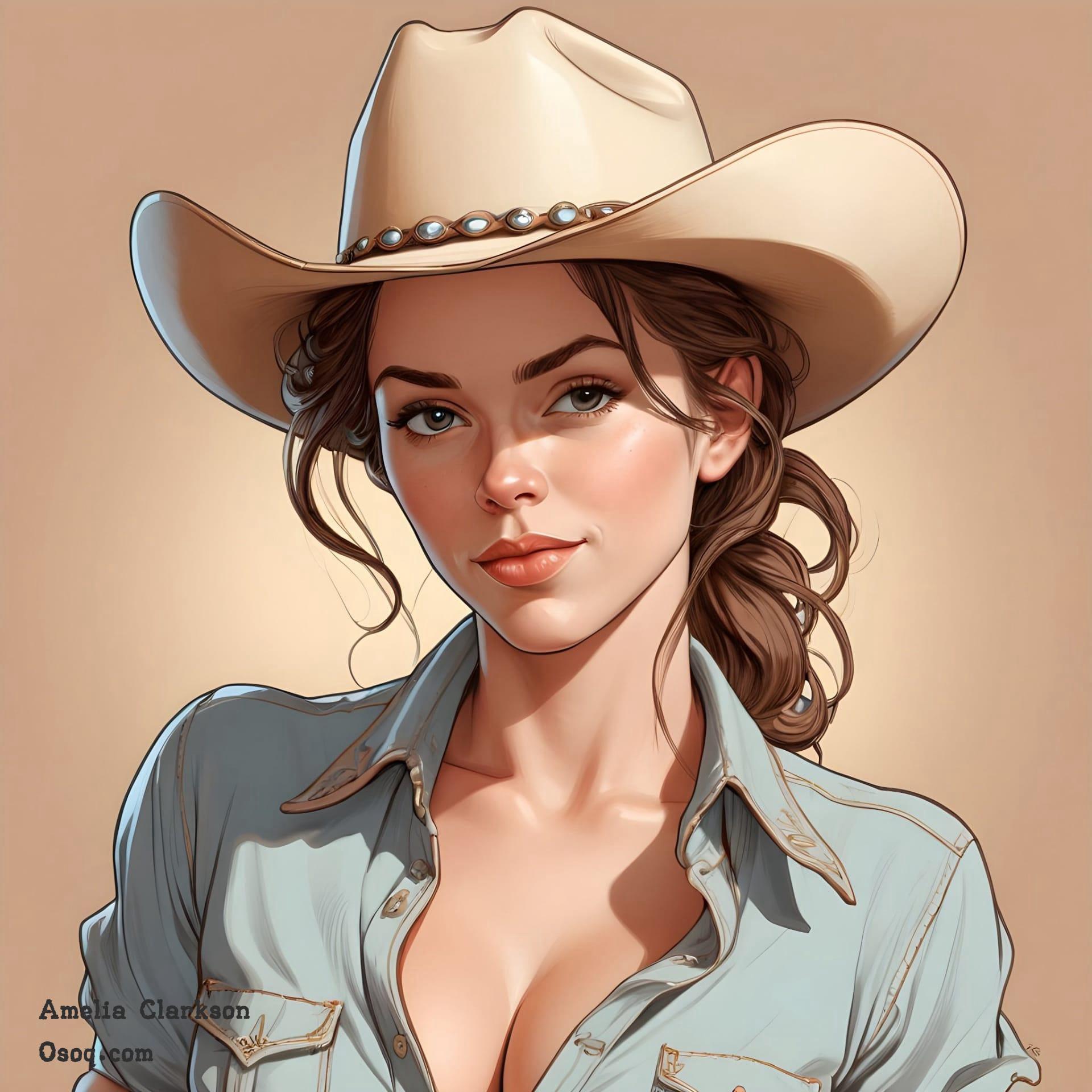
Color choices for simple cartoon faces can also convey a lot about the character’s personality. Bright colors might represent a cheerful disposition, while darker tones could suggest a more serious character.
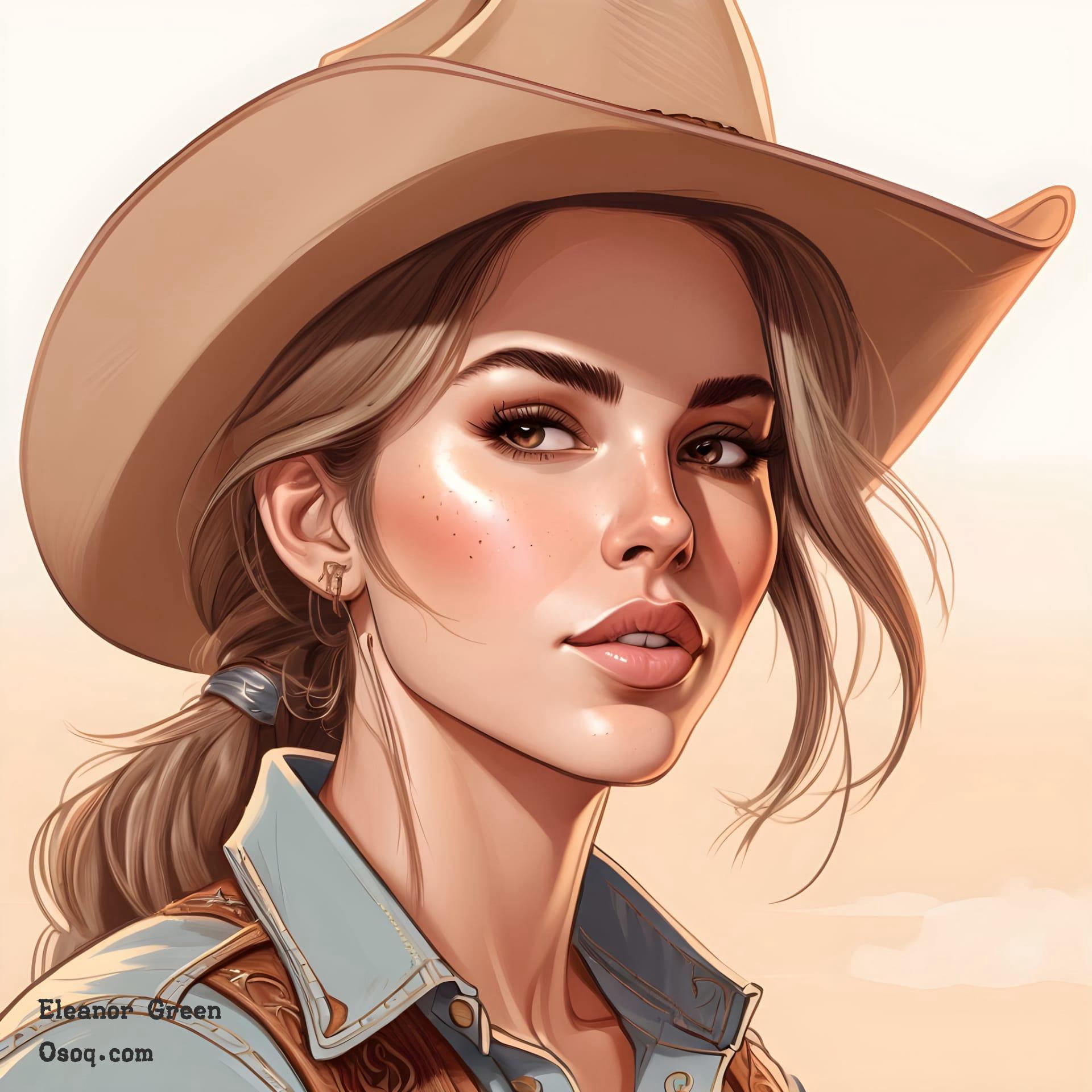
The nose in a simple cartoon face is often just a dot or a small line, which keeps the face looking clean and not overcrowded with features.
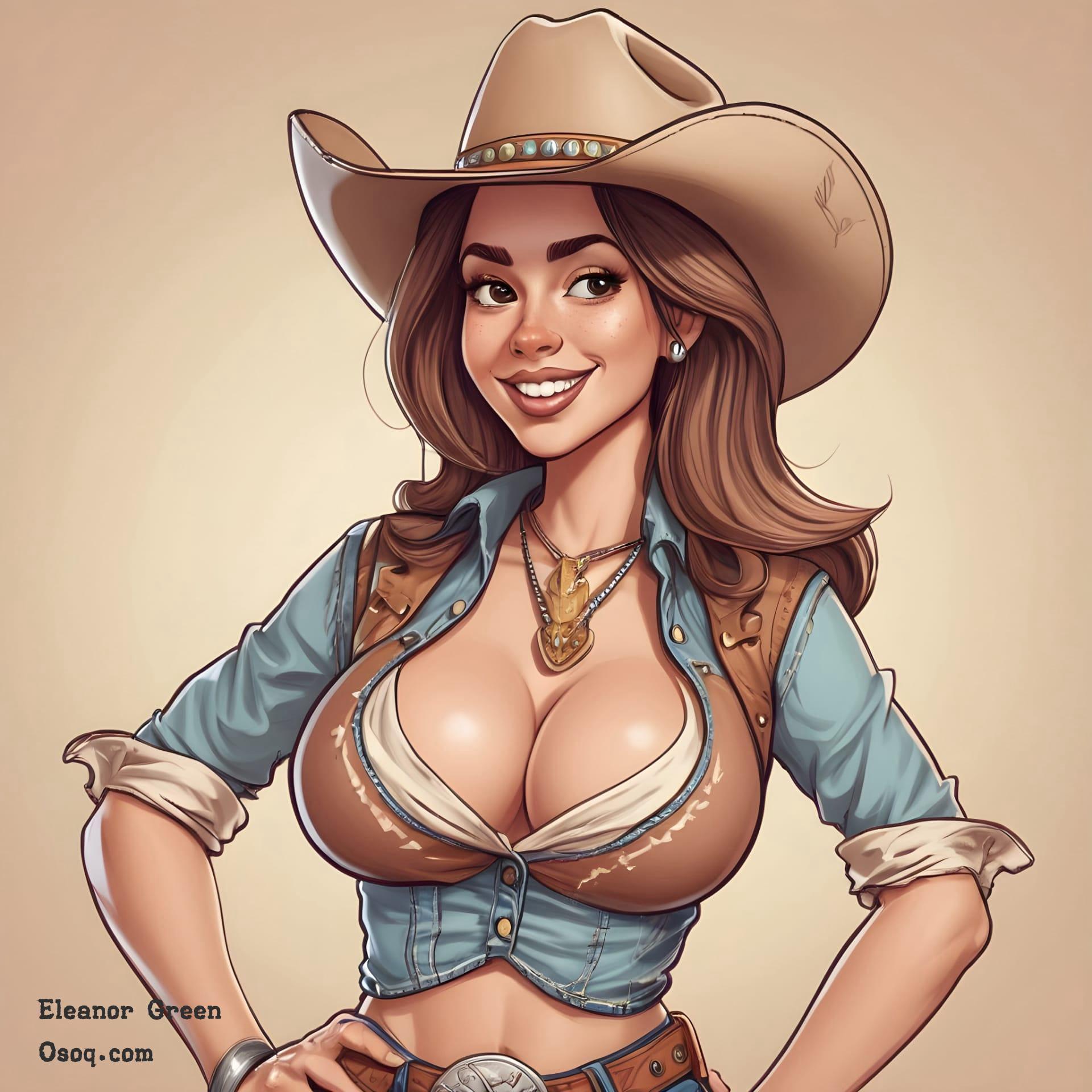
Hair can be one of the more creative aspects when drawing simple cartoon faces. From spiky hair to smooth curves, the hairstyle can really define the character's style and attitude.
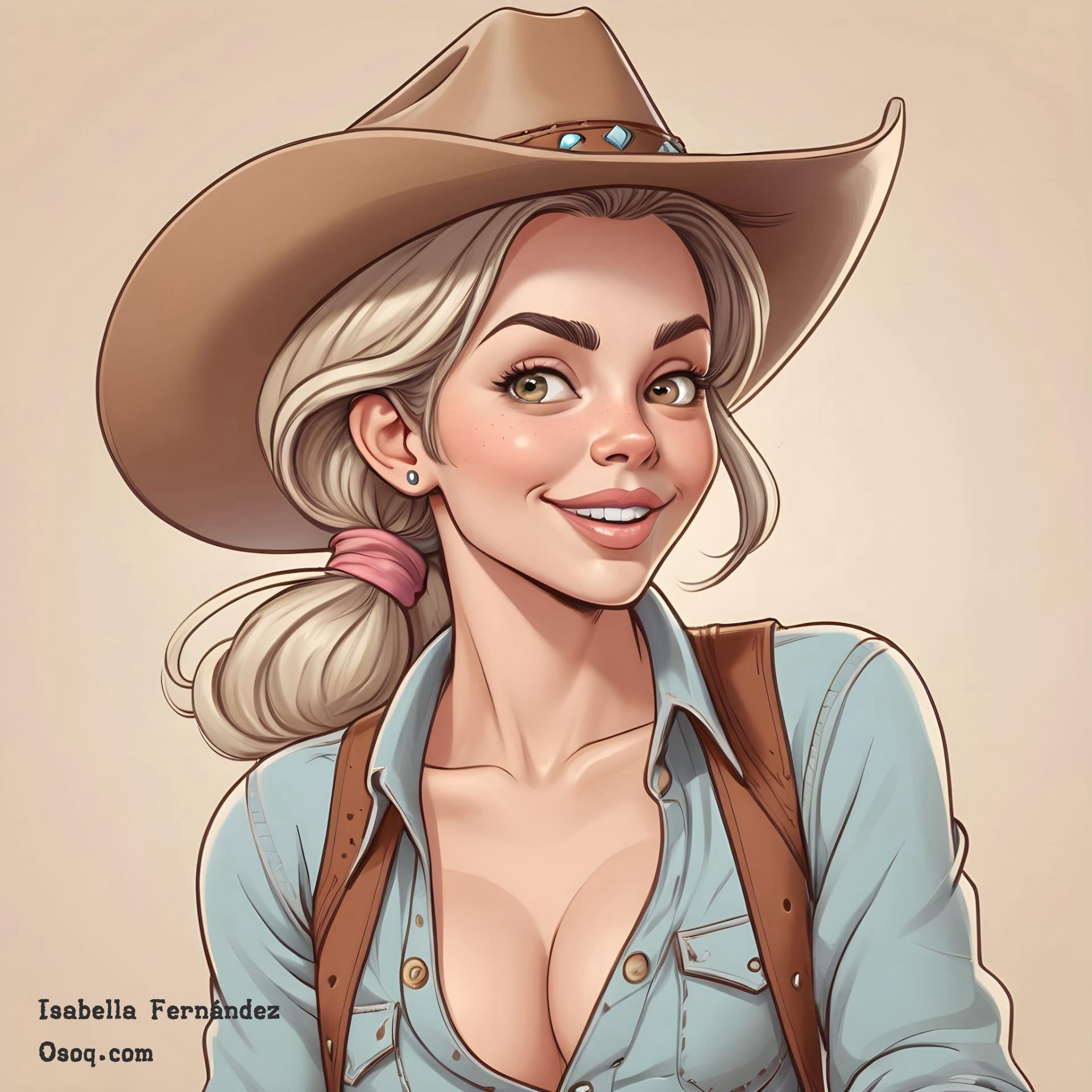
Expressions in simple cartoon faces are usually exaggerated for effect. A tiny tweak to the mouth or eyes can change a neutral expression to one of surprise, joy, or mischief.
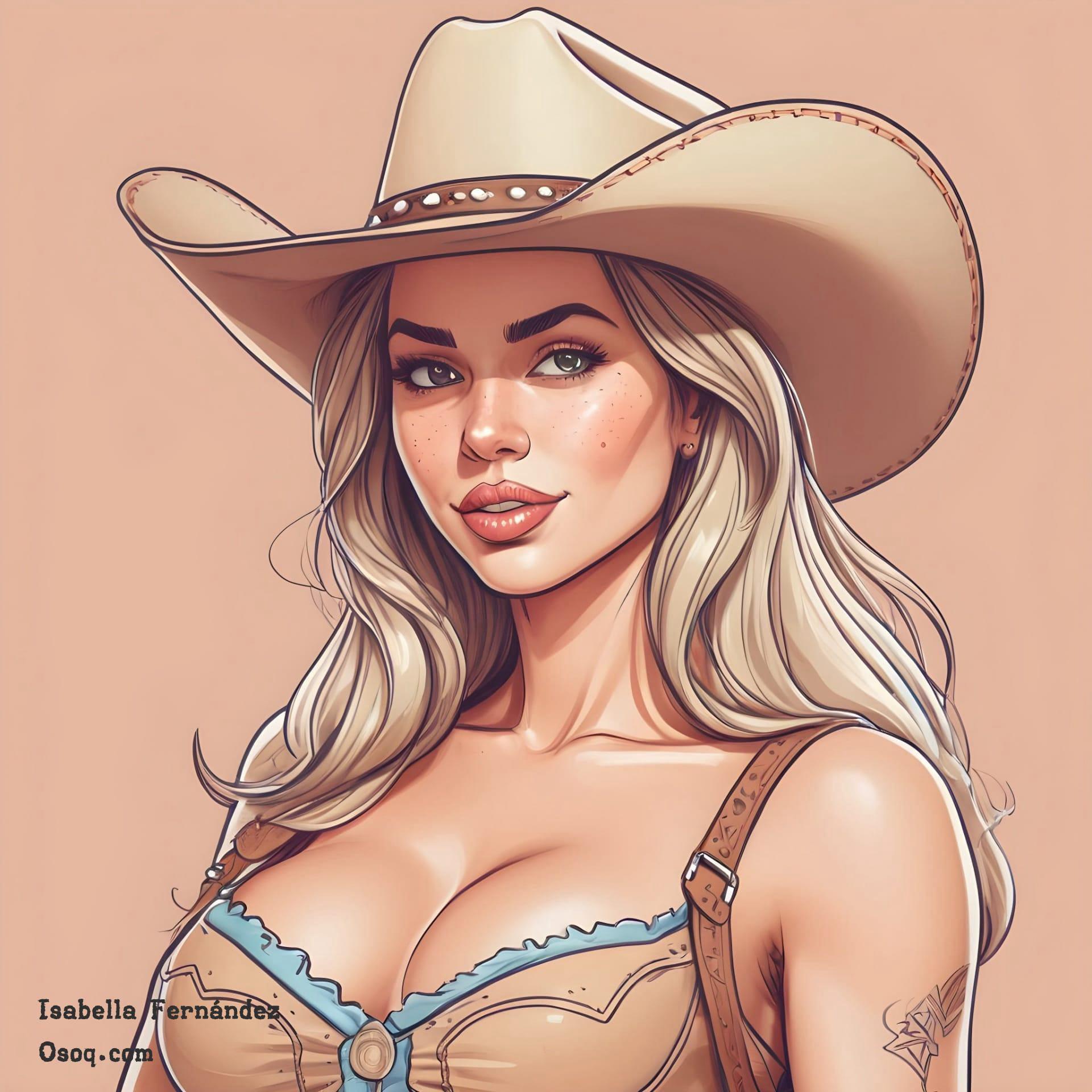
When drawing children or cute characters, the head is often drawn larger in proportion to the body, enhancing the cuteness factor of your simple cartoon face.
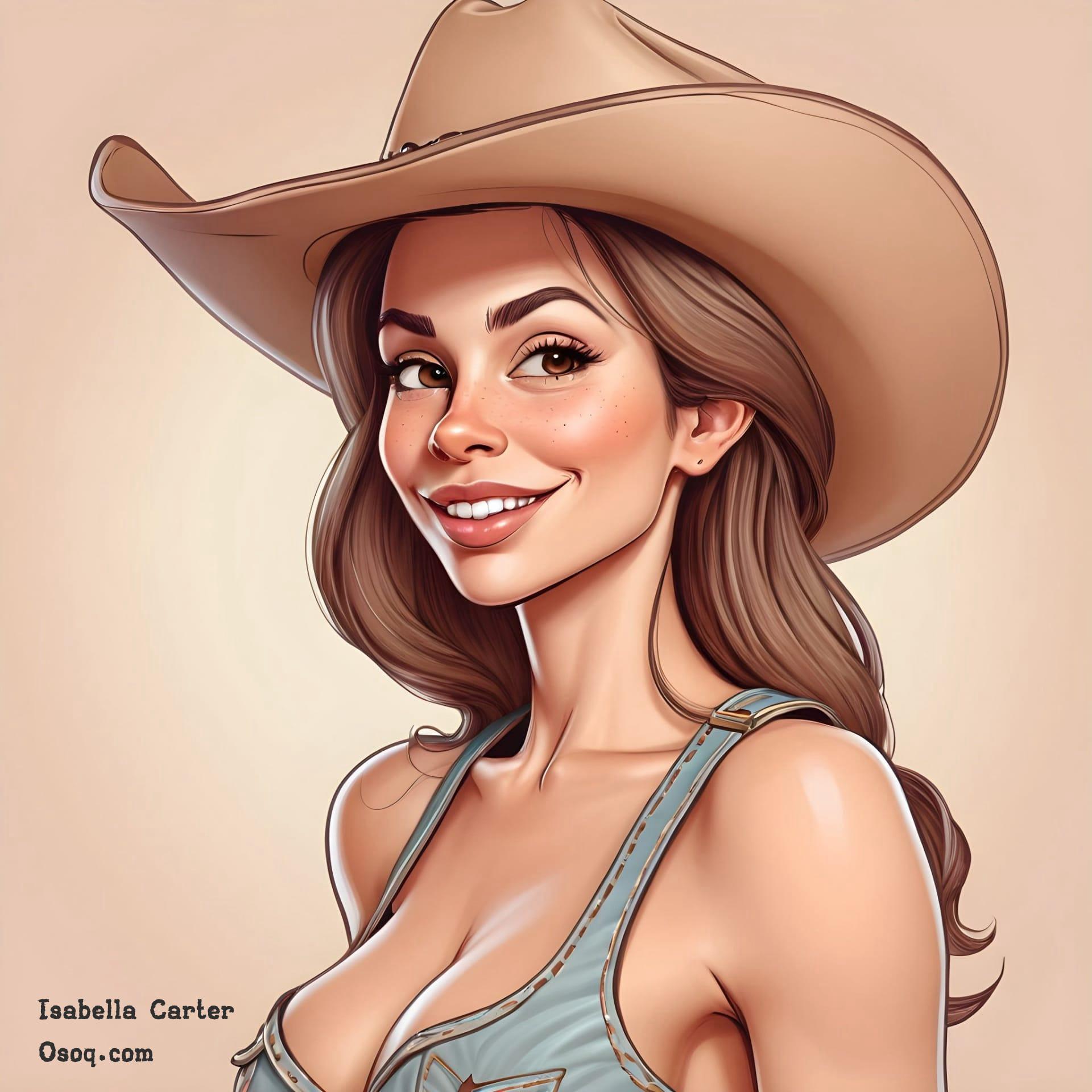
Backgrounds are generally kept minimal in scenes involving simple cartoon faces, allowing the characters to stand out and the emotions to take center stage.
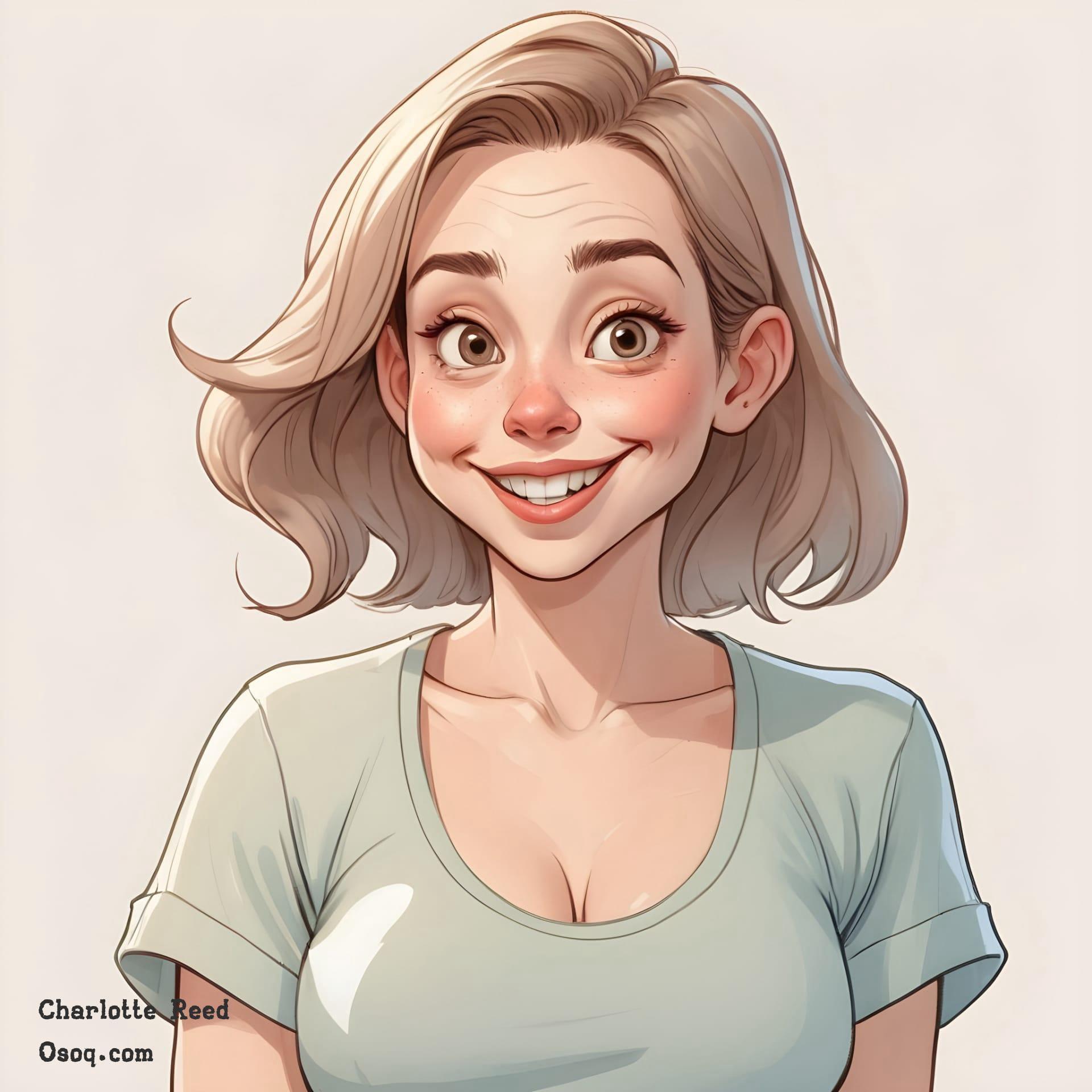
Interaction between characters can be shown through the direction of their eyes or the tilt of their heads, making even static images feel dynamic.
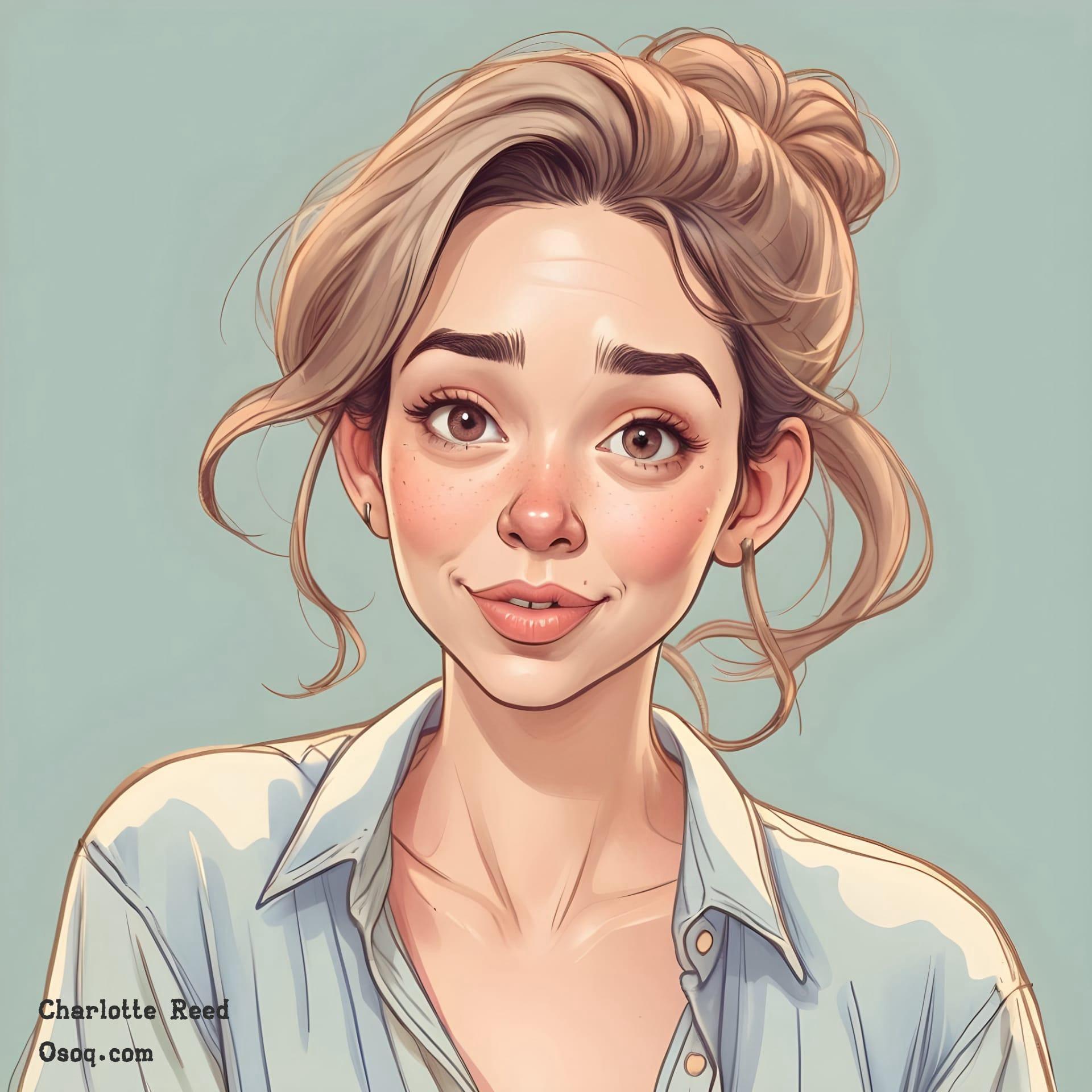
When it comes to accessories, less is more. A single item like a hat or a pair of glasses can add a lot of personality without complicating the simple cartoon face.
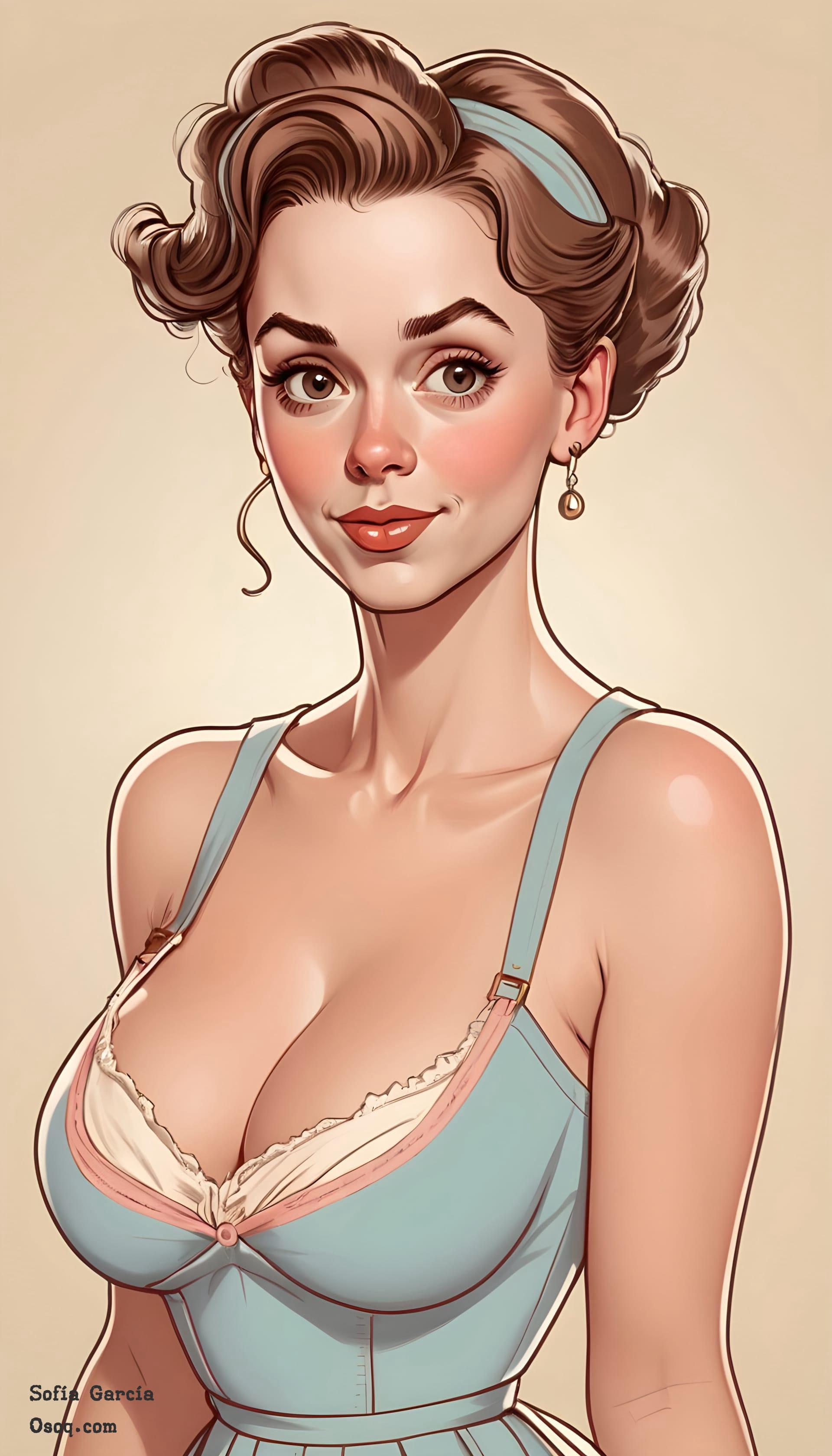
For digital artists, using layers can help in adjusting the facial features without affecting the rest of the drawing, allowing for easy edits until the expression is just right.
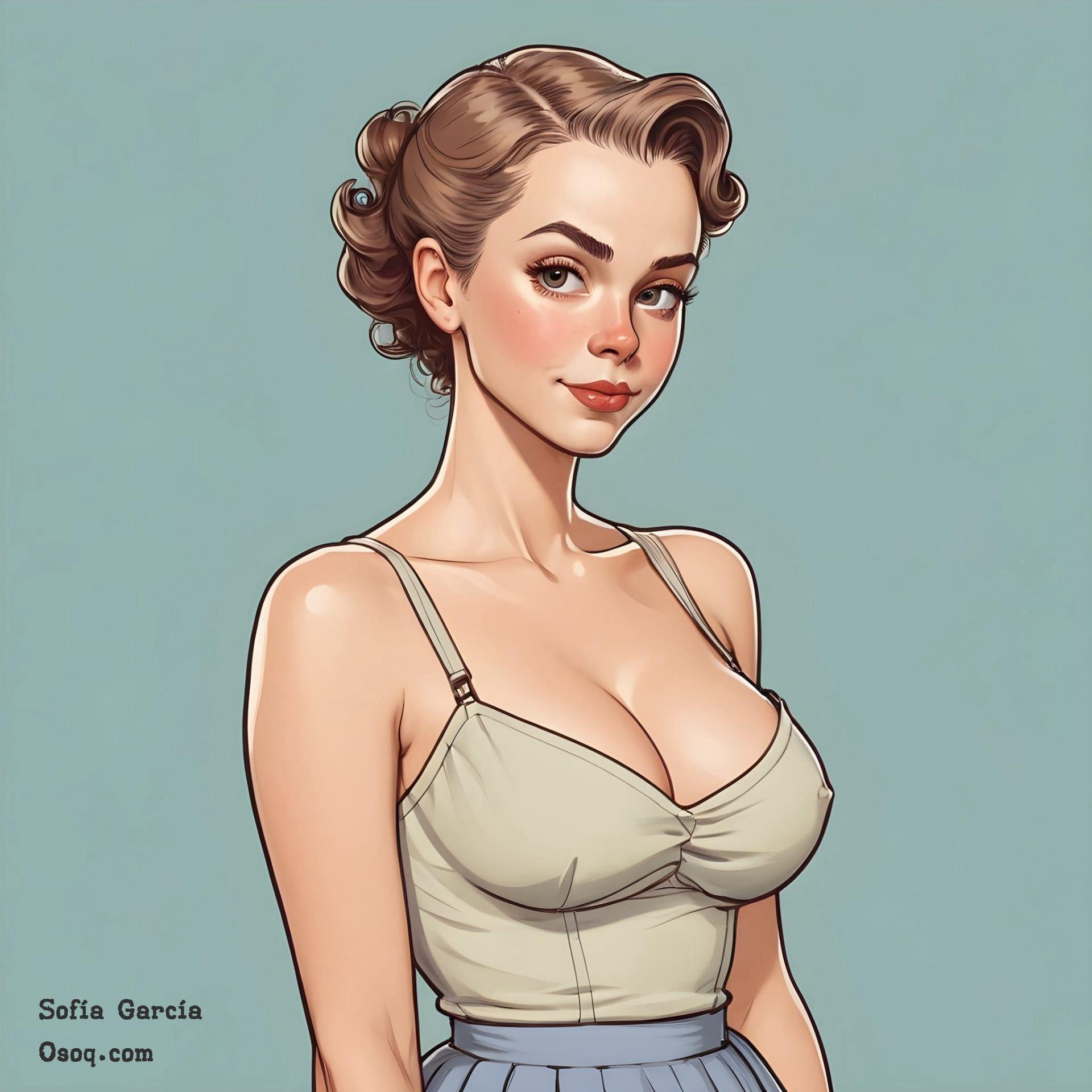
In traditional media, pencils with soft leads are ideal for sketching simple cartoon faces, as they allow for easier corrections and softer lines.
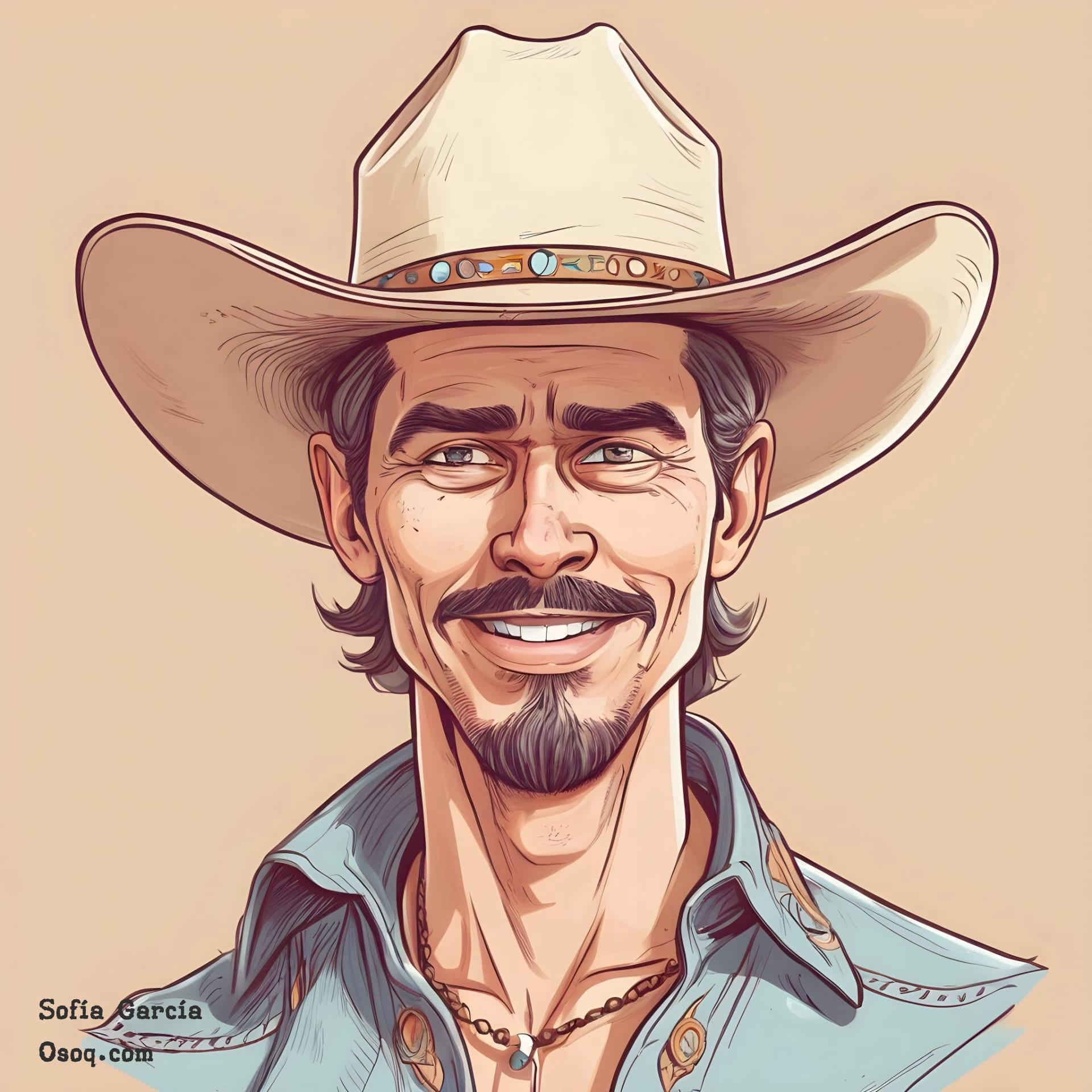
Consistency is key in a series of drawings. Keeping your simple cartoon faces consistent in style helps in building a recognizable and appealing character throughout your work.
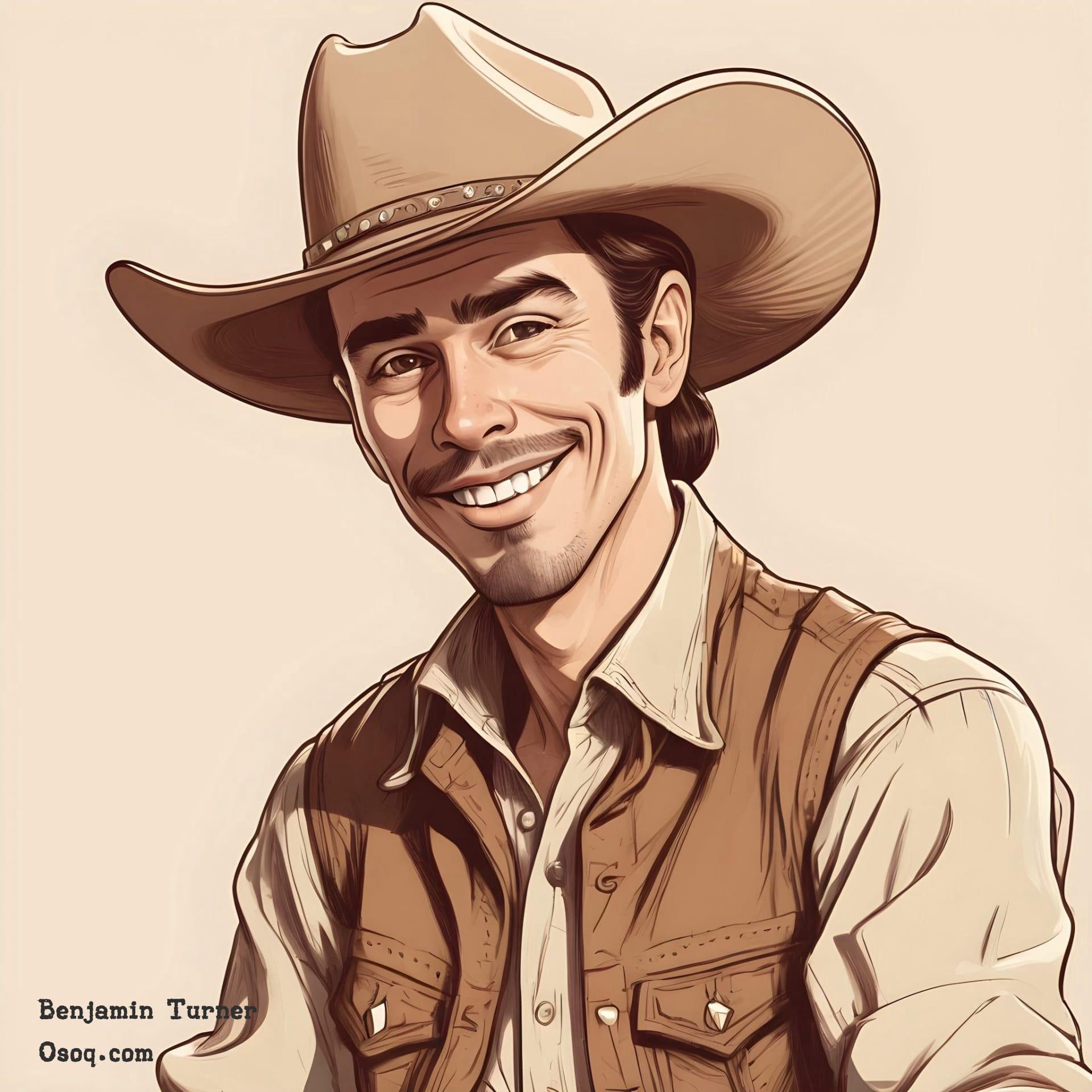
Animation of simple cartoon faces focuses on smooth transitions between expressions, often using a limited number of frames to convey a change in emotion effectively.

Understanding the basics of facial expressions and proportions can greatly enhance how you depict emotions and personalities in your drawings, making even the simplest cartoon faces resonate with viewers.